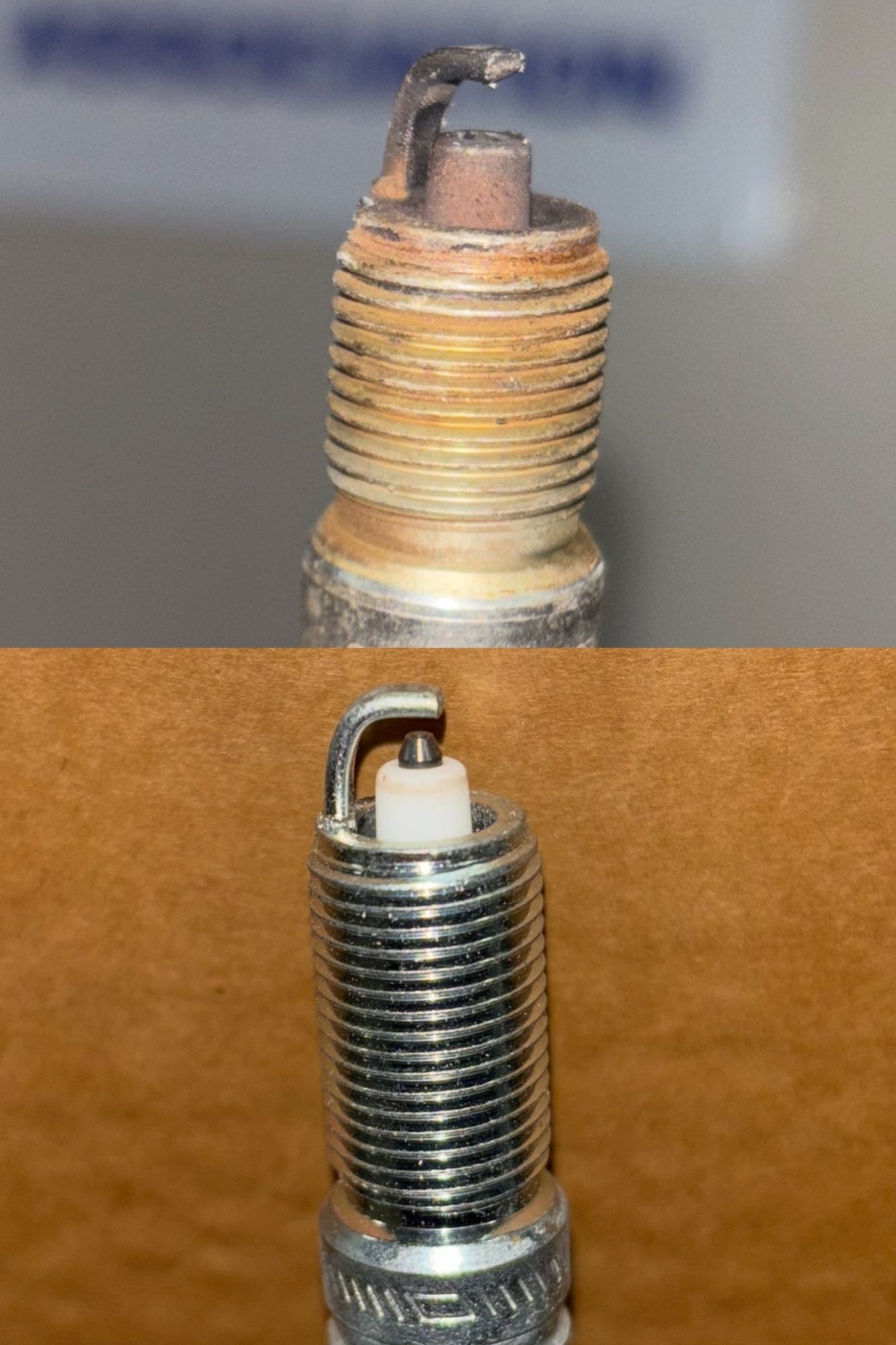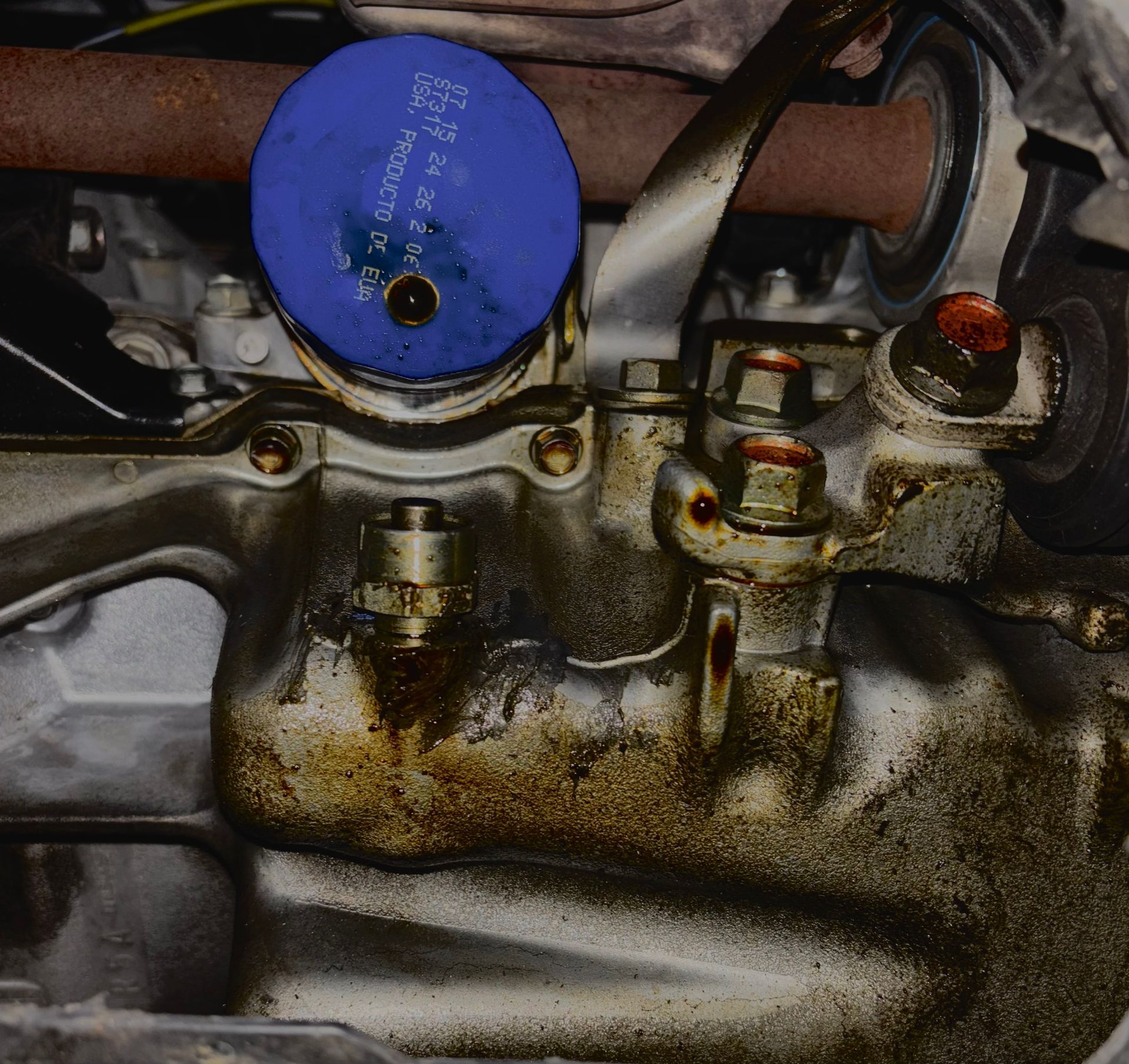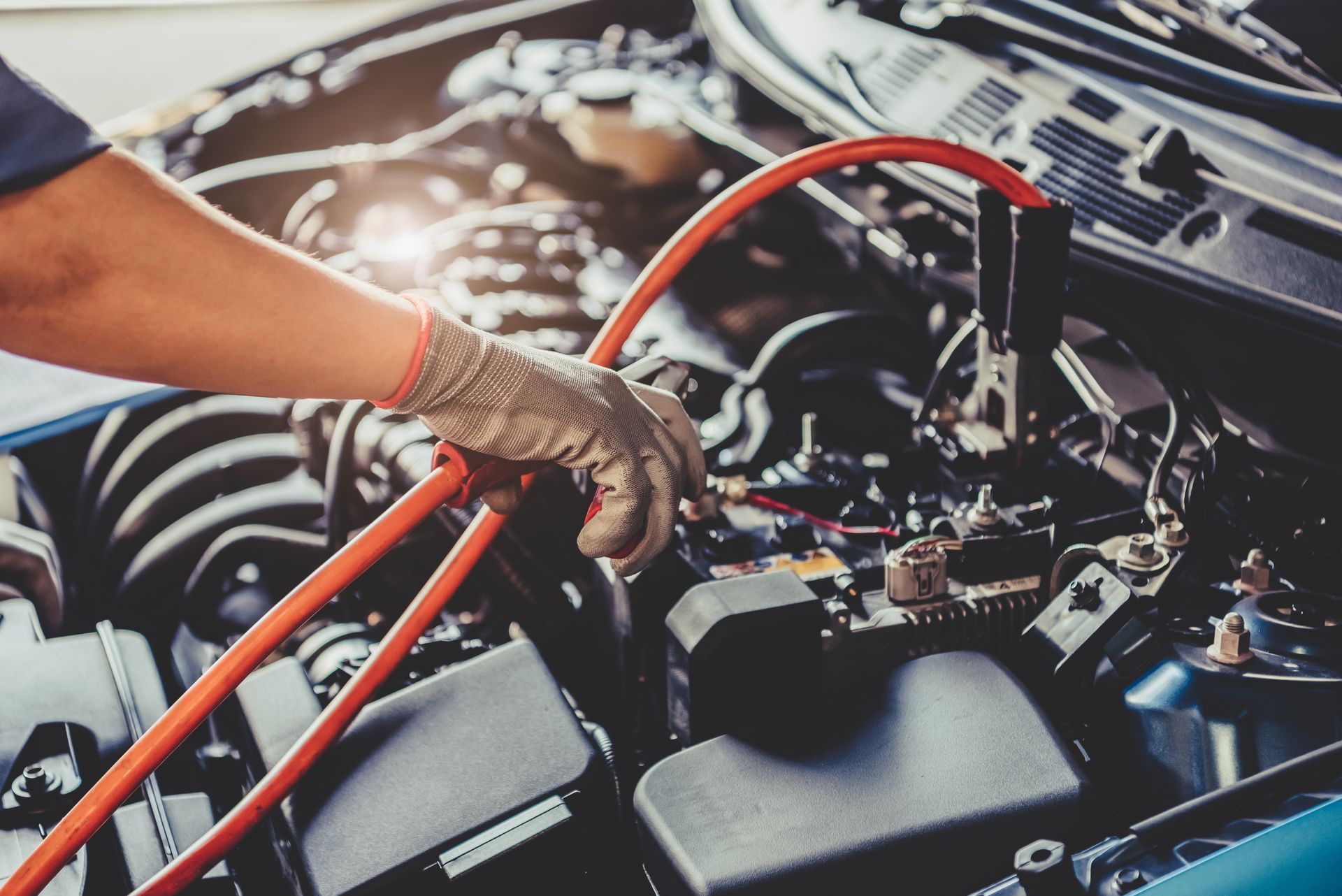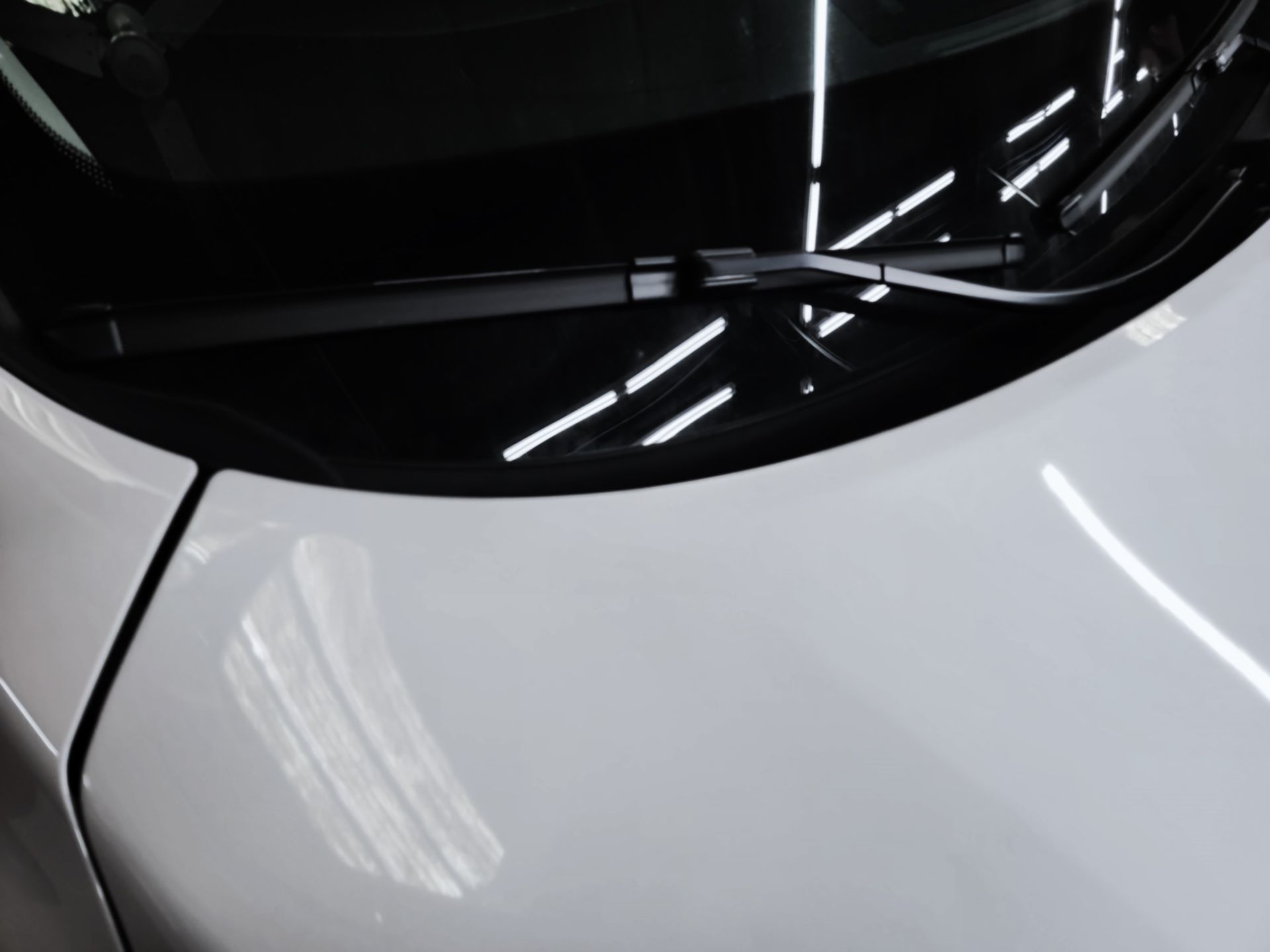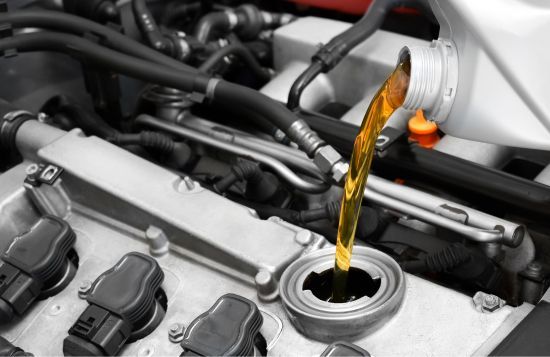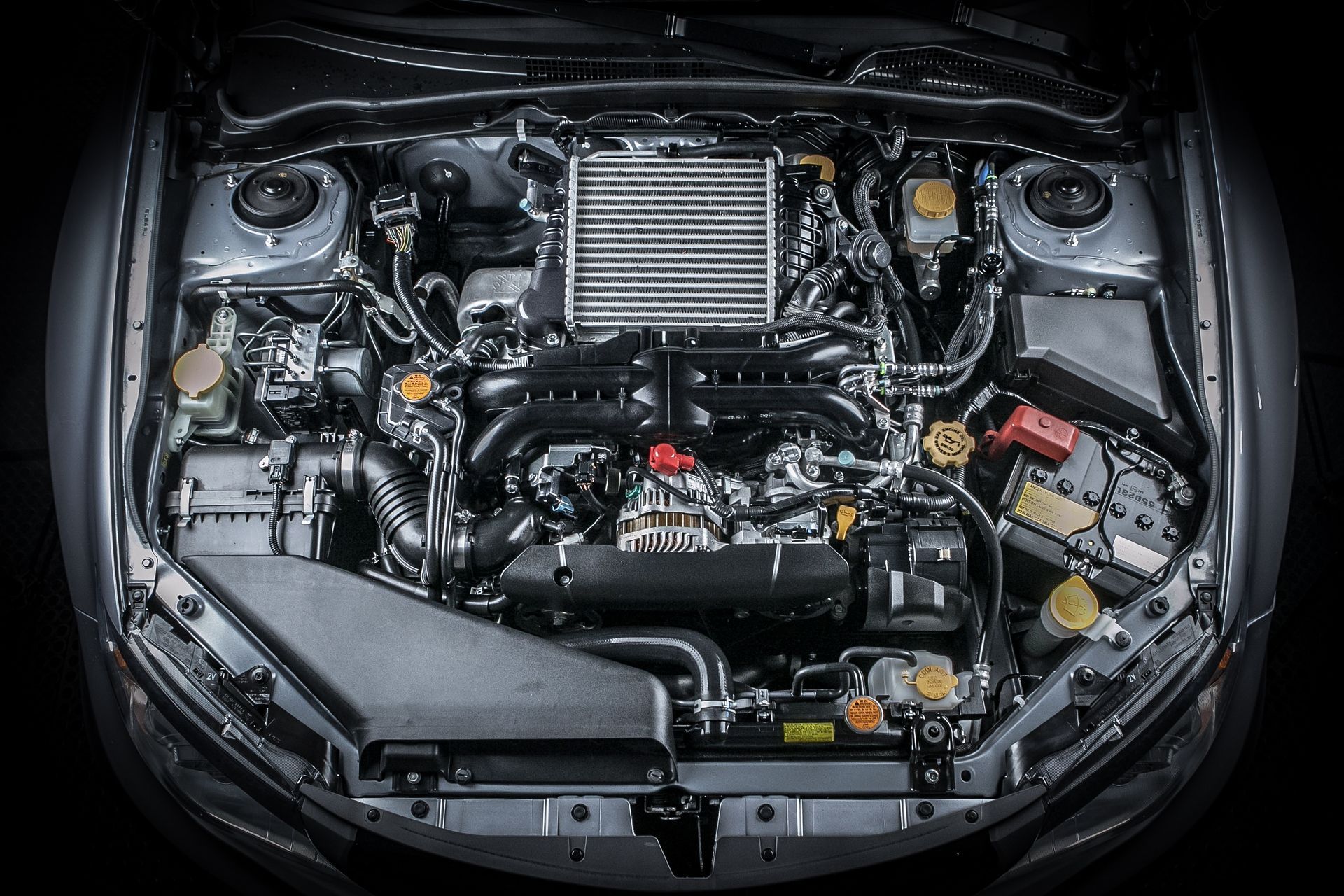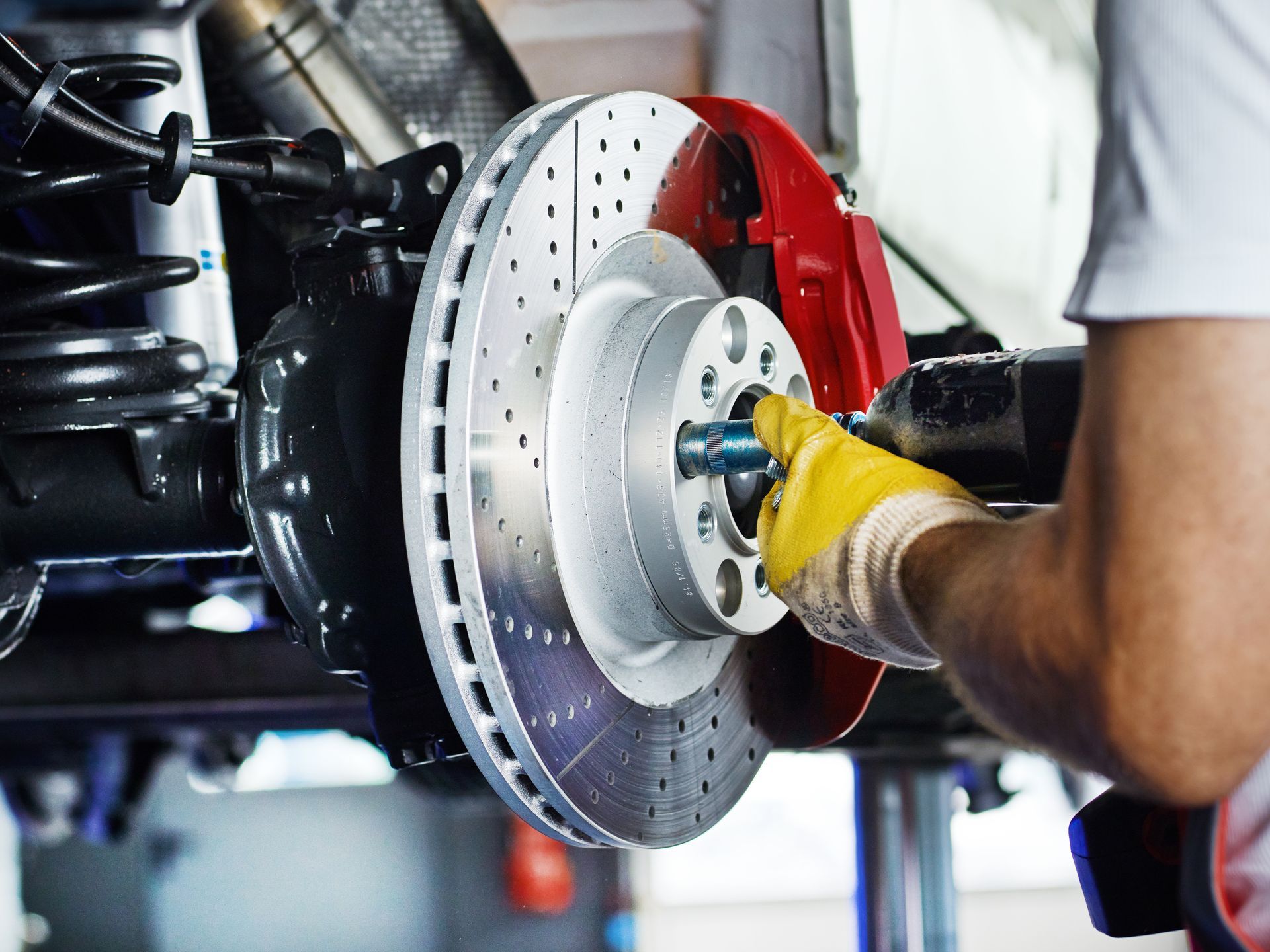Road Trip Checklist
Hitting the road for a road trip is one of life's great joys, but before you get on the road, it’s important to ensure your car is in top shape for the trip. Whether you’re heading out on a weekend getaway or a cross-country adventure, a little pre-trip preparation can save you from unexpected issues and expensive repairs on the road. Here’s a checklist to make sure your vehicle is road-trip ready!
Check on your TIRES :
Tread Depth - Check the tread depth to ensure it’s not too worn down. A depth of 2/32" or more is recommended for safety.
Inflation - Regularly check on your tire pressure. Properly inflated tires provide better traction, steering, and braking, reducing the chance of accidents.
Rotation - Rotate your tires regularly (every 5,000 to 8,000 miles) to make sure there is even wear.
Examine for Damage - Check the tires for cuts or bulges, especially along the sidewalls. Cuts in sidewalls can be very dangerous.
Spare Tire - Always check that your spare tire is in good condition and properly inflated, ready for use in case of an emergency.
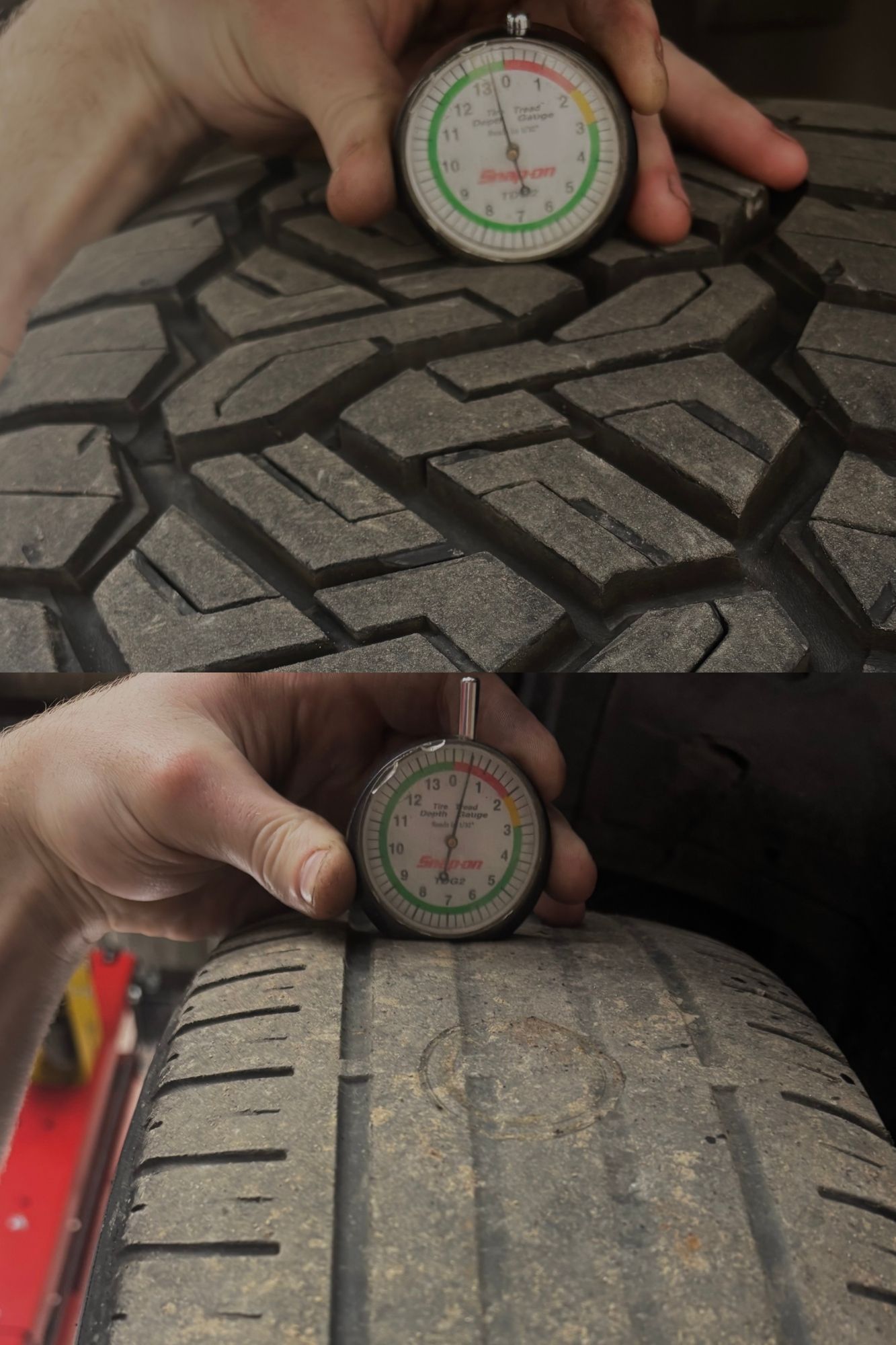
Check on your BATTERY:
Battery Age Check - Make sure your battery is not older than 3-5 years. Check the battery's date of manufacture to ensure it's still reliable for the road trip.
Assess Battery Terminals - Inspect the battery terminals for corrosion or build-up (white, ashy substance) and clean them if needed. Tighten any loose connections or bring it by TRC Automotive Repair so our technicians can check it out for you.
Test Voltage - Test the battery voltage. A healthy battery should read 12.6V or higher when the vehicle is off.
Troubleshoot Charging System - Have one of your technicians check the alternator's output to make sure it is charging the battery properly.
Examine Battery Fluid - For older batteries, check the fluid levels to ensure the plates are covered.
Review Battery Case - If installed, inspect the battery case for any cracks, leaks or bulges that show any damage. Have the battery replaced if it is compromised.
Yield to Electrical Load - Test the battery’s performance under load by using a load tester. Make sure it holds up without dropping below 9.6V under stress.
This checklist ensures that every aspect of the battery's condition is thoroughly checked, helping avoid issues during your road trip.

Check on your Oil level and FLUIDS levels:
Fuel System Inspection - Check on your fuel system. Make sure the fuel lines are free from cracks or leaks and the filter is clean. If you are having any issues checking don't hesitate to reach out to TRC Automotive for a Pre Road Trip Inspection.
Lubrication System Check - Inspect the vehicle’s lubrication system. Make sure that all moving parts like the engine and transmission are properly lubricated for a smooth drive.
Under hood Fluid Levels - Check all of your under hood fluid levels, Including your oil level, brake fluid, coolant, transmission fluid, and power steering fluid. Refill any low fluids to ensure smooth vehicle operation or stop by our shop to get your fluids topped off.
Inspect Brake Fluid - Verify that the brake fluid is at the correct level and check for any signs of your fluid being contaminated. Brake fluid should be clean and at the proper level for safe braking performance
Diagnose Cooling System - Inspect the coolant level and condition. Ensure the radiator is full and the coolant is clean and free of debris. Check for any issues that could cause overheating. If you are not sure what to look for feel free to call us to schedule an appointment to verify everything is in good condition.
Steering Fluid Check - Inspect the power steering fluid level and condition. Top it off if necessary and check for leaks in the steering system.
This checklist helps you to make sure all of your important oils and fluids are in good condition, preventing potential issues during a road trip.
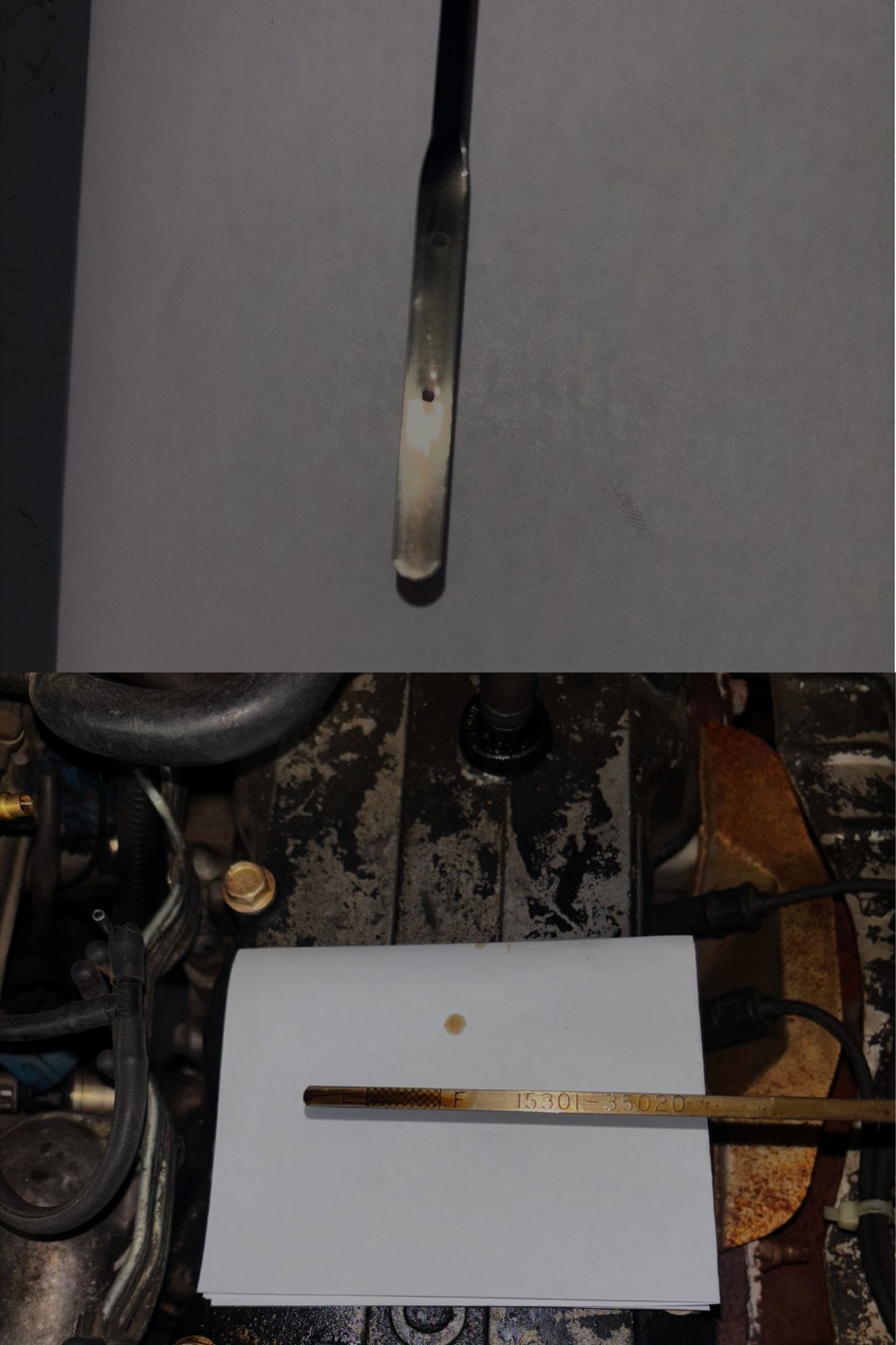
Check on your BRAKES:
Brake Pad Thickness - Check your brake pads for wear. Make sure they have the proper thickness for responsive braking while you are driving on your road trip. At TRC Automotive we recommend to change your brake pads immediately if they are less than 3mm. Brakes that are in great shape are usually 6mm or greater.
Rotor Condition - Make sure to take a look at your brake rotors for wears, grooves, or cracks. If your rotors seemed damaged or really worn out, bring your vehicle by TRC Automotive to get them checked out and resurfaced or replaced.
Anti-Lock Braking System (ABS) Check - Make sure your ABS is functioning properly. Check for any ABS warning lights and if you see any lights then bring it to TRC for a brake system check.
Keep Brake Lines Leak Free - Inspect brake lines for any signs of leaks, corrosion, or damage. Leaking brake fluid can compromise braking performance, so any issues should be fixed immediately.
Examine Brake Fluid - Check the brake fluid level and condition. If the fluid is low or contaminated, top it off or have it flushed at our auto repair shop. Contaminated fluid can affect braking efficiency.
Sensitive Brake Testing - Test the brake system to ensure the pedal feels firm and responsive. Listen for any unusual noises such as squealing or grinding, which could indicate problems and if you are unsure do not hesitate to reach out.
This checklist ensures the brake system is in top condition for a safe road trip. It helps identify any potential issues that might arise during travel.
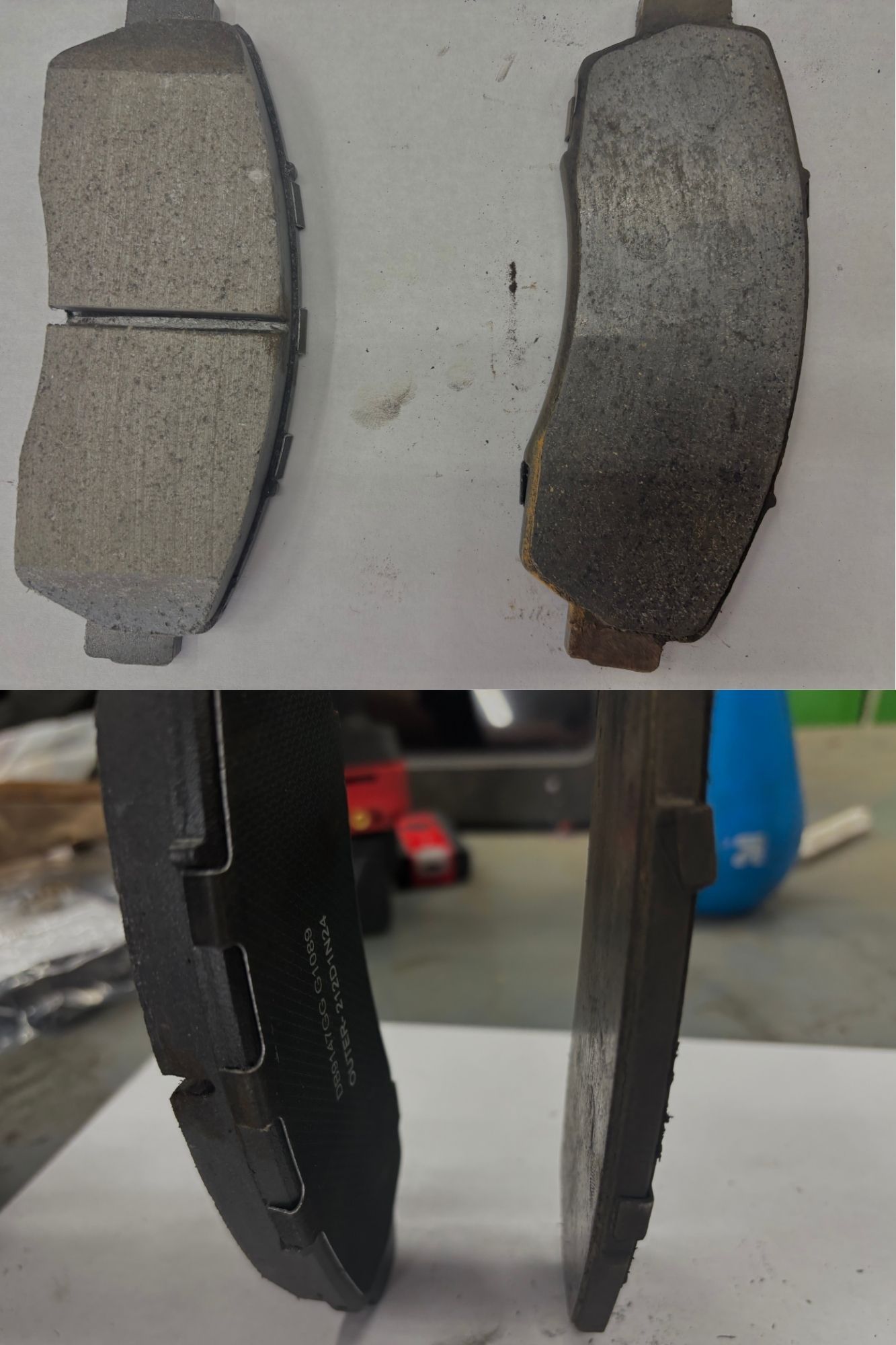
Test your exterior Lights and Indicators:
Light Bulb Inspection - Check all exterior light bulbs, including headlights, tail lights, brake lights, turn signals, and license plate lights. Replace any burnt-out bulbs at TRC Automotive Repair.
Inspect Headlight Alignment - Ensure the headlights are properly aligned to avoid blinding other drivers and to provide visibility on the road. Misaligned headlights should be adjusted.
Glow of Dashboard Lights - Make sure that all dashboard indicator lights (such as the check engine light, ABS, etc.) are functioning properly and that no warning lights are on, which would cause potential issues.
Hazard Light Functionality - Test your hazard lights to make sure they are working correctly, as they are important for safety in case of an emergency or breakdown.
Tail Lights and Brake Lights Check - Ensure tail lights and brake lights are bright and functioning properly. These lights are important for your safety, especially in low visibility conditions.
Signal Lights ( Turn Signals ) - Check the turn signals on both sides for proper function. Make sure they flash at the correct speed and brightness.
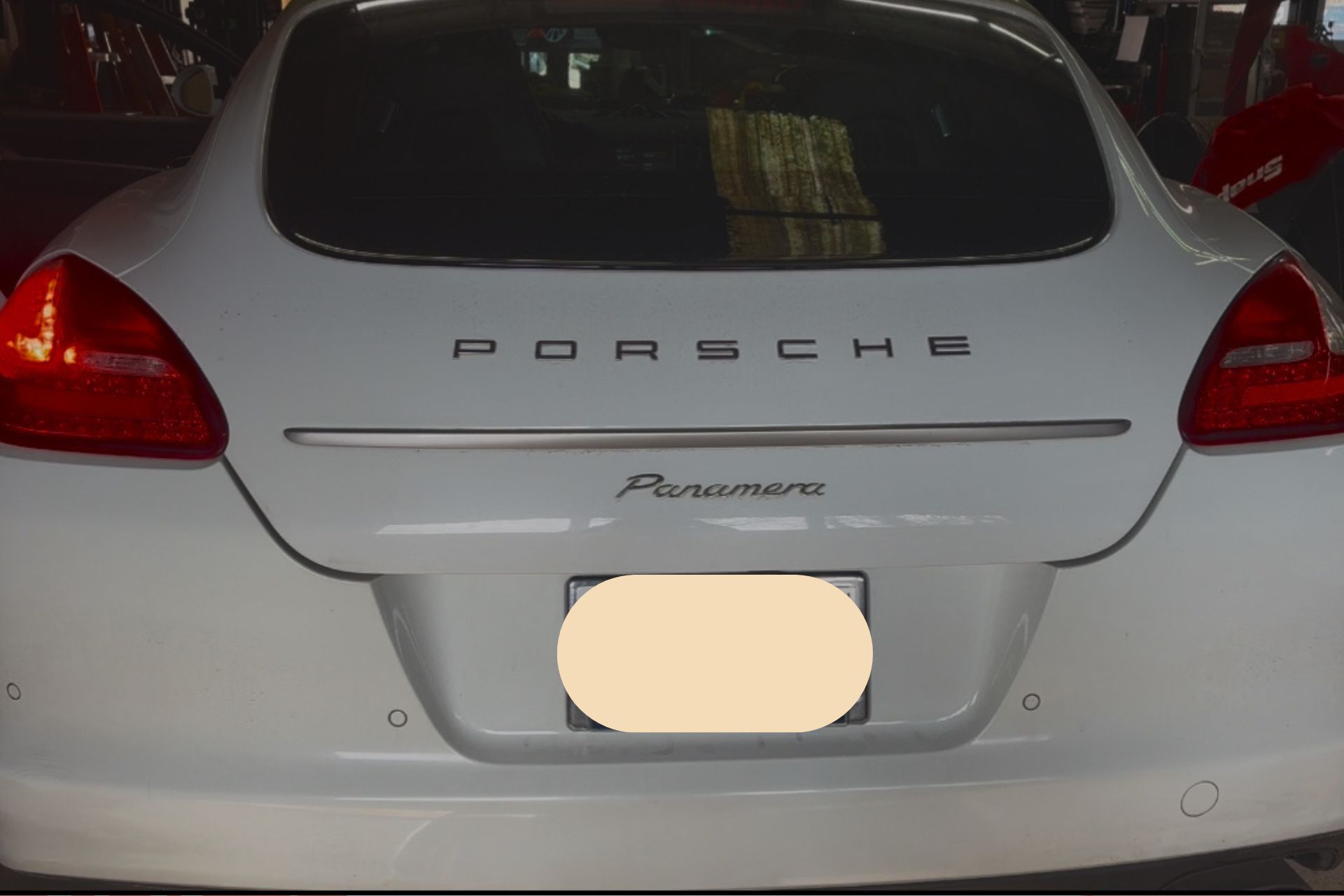
Ready to Hit the Road?
By taking the time to prepare your vehicle, you can avoid issues and have a more enjoyable, safe road trip. Trust TRC Automotive to keep your car in prime condition before you take off.
Need help with any of these checks? Call us today or stop by TRC Automotive in Belmont, NC. We’re here to make sure you’re road-trip ready!
TRC Automotive Repair – Your Trusted Local Auto Repair Shop in Belmont, NC
